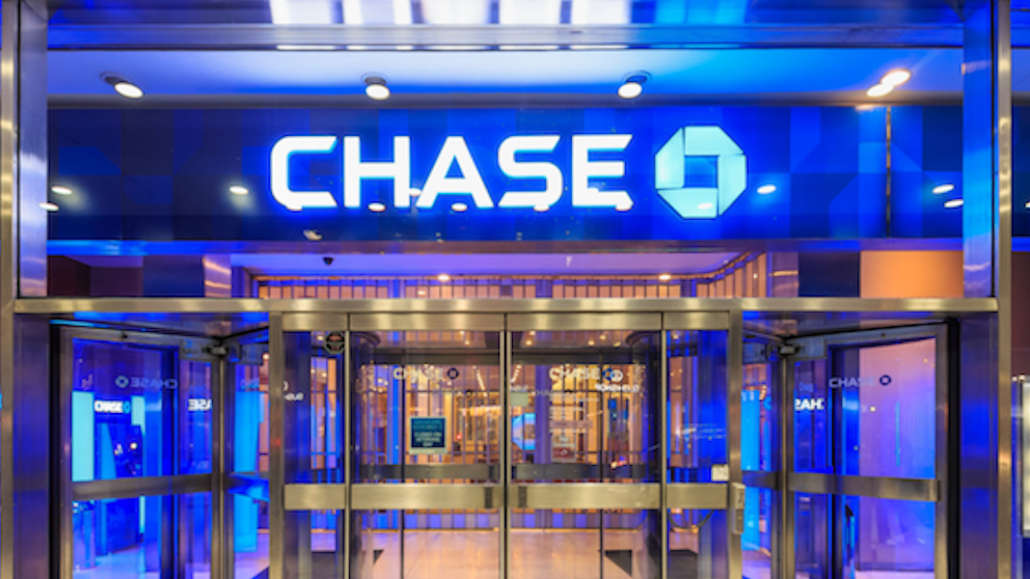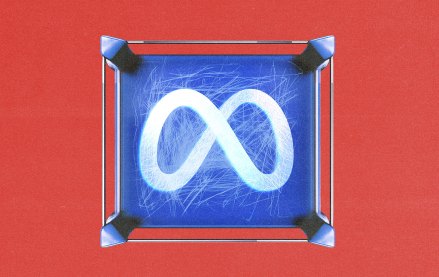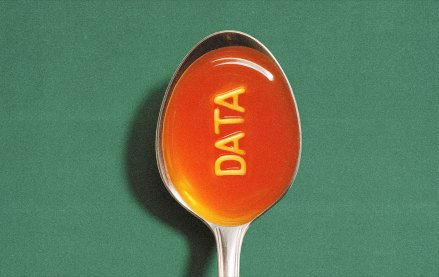Save 50% on a 3-month Digiday+ membership. Ends Dec 12.

JPMorgan is focusing its Zelle efforts on millennials, despite the platform outwardly claiming it’s not targeting that age group.
Chase will soon roll out an animated GIF campaign on social media as the second part of its Quick Pay with Zelle campaign. Part one launched last weekend during the Grammy awards, during which the bank ran a 30-second television commercial starring Sierra Leonean ballerina Michaela DePrince, Chase’s next “Master” after Serena Williams and Steph Curry.
With Chase QuickPay with Zelle, they can set recurring payments so you never wait for rent again. The best part? It’s already in your Chase Mobile app. https://t.co/eS06LGXpO2 pic.twitter.com/tQyDUm75Hf
— Chase (@Chase) January 30, 2018
But the meme concept is something the bank hasn’t ever really done before – at least not at scale — and signals a necessary shift in banks’ digital marketing and messaging to customers as their interactions with every other brand become faster, more personalized, more relevant and more meaningful.
“What changes is how you connect,” said Donna Vieira, chief marketing officer for Chase’s consumer bank. “The channels, mediums and media you use; the copy and creative form like memes and GIFs. Clearly 15 years ago this would be nonexistent, but it’s how this audience communicates with each other, tells their stories and what they find engaging.”
More in Media

Meta enters AI licensing fray, striking deals with People Inc., USA Today Co. and more
The platform has secured seven multi-year deals with publishers including CNN, Fox News, People Inc., USA Today Co to incorporate their content into its large language model (LLM) Llama.

European publishers say the Digital Omnibus ‘cookie fix’ leaves them worse off
The European Union’s attempt at a legislative spring clean for Europe’s web of data privacy rules, has landed flat with publishers.

Digiday+ Research Subscription Index 2025: Subscription strategies from Bloomberg, The New York Times, Vox and others
Digiday’s third annual Subscription Index examines and measures publishers’ subscription strategies to identify common approaches and key tactics among Bloomberg, The New York Times, Vox and others.





